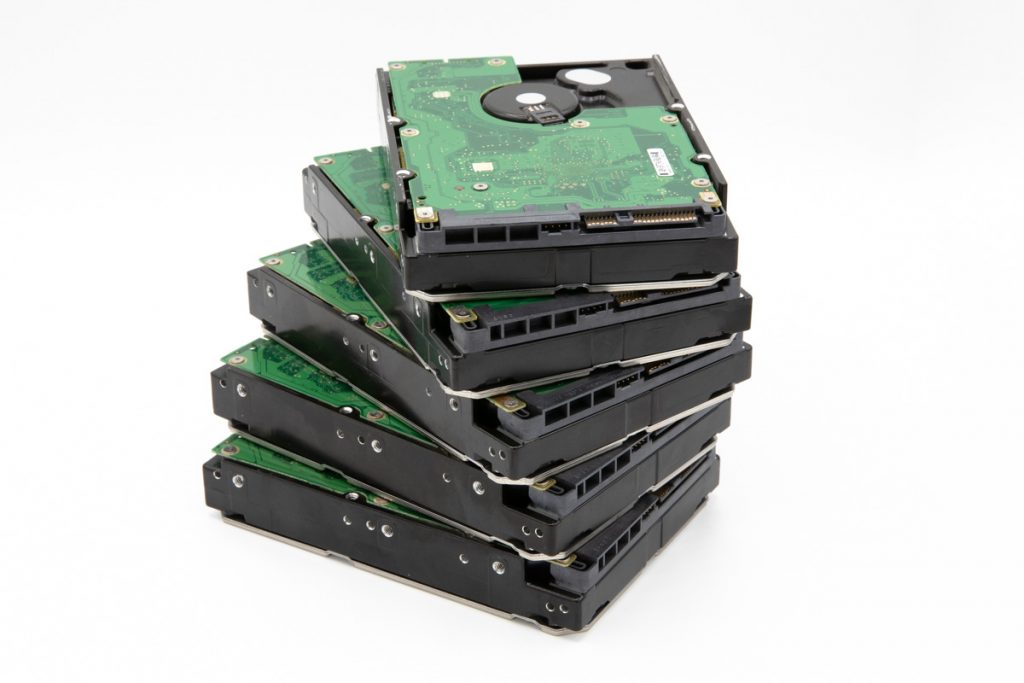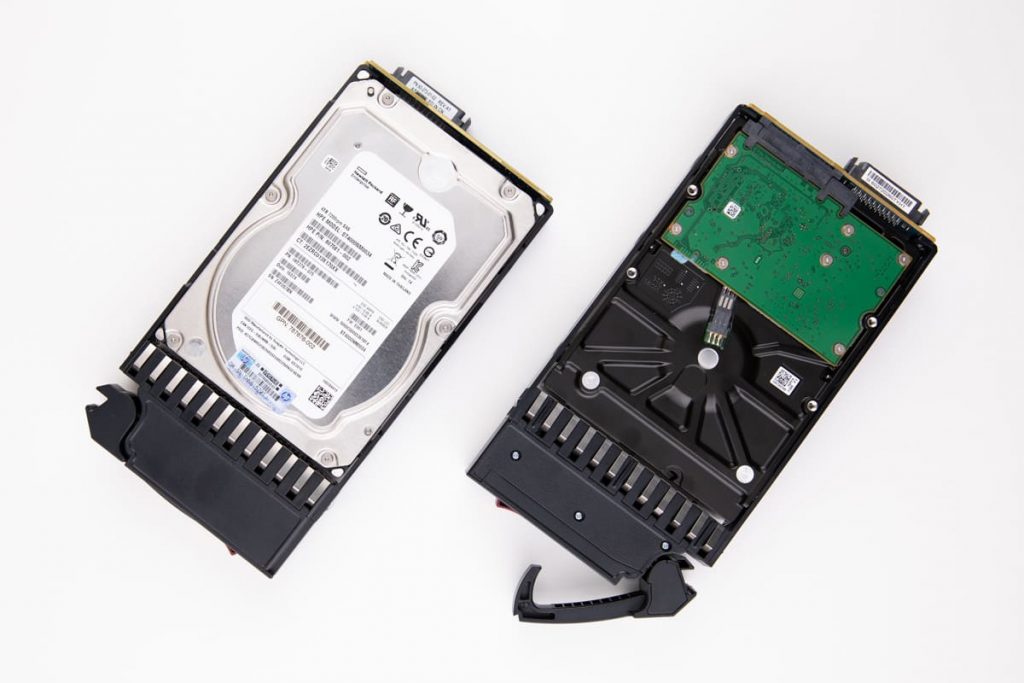Failed RAID 0 volume detected — RAID encompasses various configurations to enhance data storage performance, reliability, and redundancy. RAID 0 specifically focuses on performance improvement by stripping data across multiple drives without redundancy features.
However, this lack of redundancy leaves the system vulnerable to data loss in case of drive failure. When a RAID 0 volume fails, the loss of even a single drive can lead to a complete data loss, making the recovery process more complex and challenging. Understanding the nature of RAID 0, its purpose, and the implications of volume failure is crucial for both proactive maintenance and recovery strategies.
RAID 0 Volume Failure
Before delving into the causes of RAID 0 volume failure, it’s crucial to recognize the inherent vulnerability of RAID 0 arrays. Unlike other RAID configurations that provide redundancy, RAID 0 focuses on performance by stripping data across multiple disks without redundancy, meaning any drive failure can result in data loss.
Causes of RAID 0 volume failure:
Drive Failure
- Any physical or logical issue with one of the striped drives can cause the entire array to fail. A single drive failure in a RAID 0 setup leads to the loss of the whole array’s data.
Data Corruption
- Software or hardware issues, power surges, or improper shutdowns can result in data corruption within the array, rendering the data inaccessible.
Controller Failure
- Malfunctioning RAID controller cards or issues with the controller can also lead to the failure of the entire RAID 0 array.

Signs and symptoms of a failed RAID 0 volume:
Inaccessibility of Data
The most prominent sign is the inability to access the data stored on the RAID 0 array.
Error Messages
It indicates disk or array failure upon system startup or during access attempts.
Slow Performance or Disconnection
Sluggish system performance or sudden disconnection of the RAID volume can indicate an impending failure.
Audible or Visual Warnings
Unusual noises from the drives, such as clicking or grinding sounds or warning lights on the drive enclosures, might signal an issue.
Recognizing these signs and understanding the causes of RAID 0 volume failure is critical in implementing bold measures to prevent or mitigate the impact of such failures.
Steps to Recover a RAID 0 Volume Failure
Recovering from a RAID 0 volume failure is a critical process that requires a systematic approach and careful consideration. Each step is vital to ensure the best possible recovery outcome.
Before initiating any recovery procedure, thoroughly evaluating the extent of the RAID 0 volume failure is essential. It includes identifying which drives have failed or been disconnected and assessing the overall health of the array.
If any data remains accessible or there’s an opportunity to back up any essential information from the RAID 0 volume. This precautionary step helps prevent further data loss during the recovery process.
Maybe the RAID 0 volume failed due to a disconnected drive
Turn off the computer
Shut down the system completely to ensure a clean start for the recovery process.
Reconnect the drive
Ensure the disconnected drive is correctly reconnected to the system. Verify the physical connections and securely attach the drive to the system.
Restart the computer
After reconnecting the drive, restart the system. During the boot process, the option ROM automatically detects and marks the RAID 0 volume as normal.
By following these steps, you might successfully recover a RAID 0 volume that failed due to a disconnected drive. However, suppose the issue persists or a drive failure is the cause. In that case, it might be necessary to consider alternative data recovery methods or seek professional assistance to restore the RAID array and data.
Recovering a RAID 0 Volume Failure Due to a Failed Drive
Additionally, it is important to note that if a drive fails, the RAID 0 volume will fail, and data on the volume will be lost, as the volume is generally unrecoverable. However, before deleting the volume permanently, you can try resetting the disks to their normal state and attempting data recovery.
If the disk continues to fail, it will return to a failed state. Follow the steps below to reset the volume to its normal state and recover data.

Turn off the computer
Ensure the system is completely powered off before proceeding.
Replace the failed drive
Replacing the damaged disk with a new drive of the same or larger storage capacity is crucial to rebuild the RAID 0 volume.
Restart the computer and enter the option ROM user interface:
During system startup, when prompted, press CTRL+I simultaneously to enter the option ROM user interface.
Delete RAID Volume
- Within the option ROM interface, click on “Delete RAID Volume.”
- Use the up/down arrow keys to select the failed RAID 0 volume.
- Press “Delete” to remove the volume.
- Confirm the deletion by pressing “Y.”
Create RAID Volume
Click “Create RAID Volume” and follow the on-screen prompts to generate a new RAID 0 volume.
Note: If the previous volume contained the operating system, a reinstall of the OS will be necessary.
Exit
Once the new volume is created, exit the option ROM interface.
Please note that this procedure involves deleting the failed RAID 0 volume and creating a new RAID 0 volume. It’s essential to ensure data backups are available before performing these steps, as the process may result in data loss. A fresh installation will be required if the volume previously contained the operating system.
Rebuilding the RAID array and restoring data
After addressing the failed drive and assessing the situation, initiate the rebuilding process of the RAID 0 array. It involves configuring the replacement drive and reconstructing the array using the appropriate RAID management tools. Once the array is rebuilt, restore data from backups or through the recovery process, ensuring data integrity and completeness.
These steps methodically increase the chances of successful RAID 0 volume recovery and minimize the risk of further data loss or corruption. However, professional data recovery services remain valuable if uncertainties or challenges persist.
Utilizing Professional Services
When recovery exceeds personal expertise or substantial data loss, seeking professional data recovery services like RAID Recovery Services can be highly beneficial. Professional data recovery experts possess the expertise and tools to recover data from failed RAID arrays. With years of experience, our professionals can identify the underlying cause of failure and recover data in its entirety. We provide fast, reliable service and employ the most up-to-date methods to quickly restore data from any storage medium.
RAID Recovery Services also offers RAID 0 recovery services that are tailored specifically for this array type. Contact us today via our service help line or fill out the request help form.
Frequently Asked Questions
What causes a RAID 0 volume failure, and is data recovery possible if a drive fails in a RAID 0 array?
RAID 0 volume failures can occur due to drive failures, data corruption, or issues with the RAID controller. In a RAID 0 setup, a single drive failure can lead to the loss of the entire array, often resulting in unrecoverable data loss. It’s important to regularly back up data as RAID 0 lacks redundancy for data recovery in case of a drive failure.
What are the signs that indicate a RAID 0 volume has failed?
Signs of a failed RAID 0 volume may include:
- Data inaccessibility
- Error messages during system startup or access attempts
- Slow performance
- Unexpected disconnections of the RAID volume
- Audible or visual warnings, such as unusual drive noises or warning lights on the drive enclosures.
What should I do if a drive fails within a RAID 0 volume?
Data recovery is typically challenging and often impossible when a drive fails within a RAID 0 array. Attempting to reset the disks to normal might be a preliminary step to recover data. If the drive continues to fail, deleting the failed RAID 0 volume and creating a new volume with a replacement drive is necessary. This process could result in the loss of data stored in the previous volume.
Is seeking professional data recovery services for a failed RAID 0 volume recommended?
Professional data recovery services can be beneficial if the data loss is significant or attempts to recover data have been unsuccessful. Companies like RAID Recovery Services specialize in recovering data from failed RAID arrays and can provide expertise and tools to attempt recovery in challenging situations.